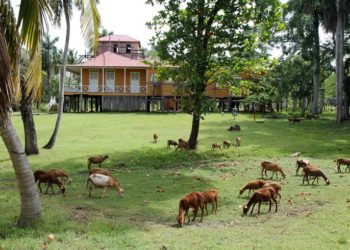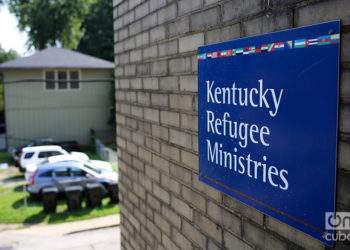Fidel Castro in three acts
Biran Fidel Castro was born on his father’s sugar plantation near the town of Biran in eastern Cuba on Aug. 13, 1926. His father, Angel Castro, was an immigrant from Spain. His mother, Lina, was a former maid. They had seven children: Four sisters, Angelita, Juanita, Emma and Augustina; and three sons, Ramon, Fidel and Raul. Fidel Castro grew up around poor immigrants from Haiti, Barbados and other Caribbean nations. They worked on his father’s plantation, which has been restored and is open to tourists. Castro attended Mixed Rural School No. 15 on the grounds of the plantation. On a clear summer morning, historian Alietty Castro walked into the one-room school and pointed out Fidel Castro’s seat in the classroom. “He studied here when he was very small,” said Castro, who is not related to the former Cuban leader. “Ever since he was very little, he was quite intelligent, very restless, but also very astute. He was a person who from an early age identified with the children in the area.” The parents of most of those children were poor and worked on the sugar plantation. Living and studying among the poor likely helped develop Castro’s interest in social justice,...





